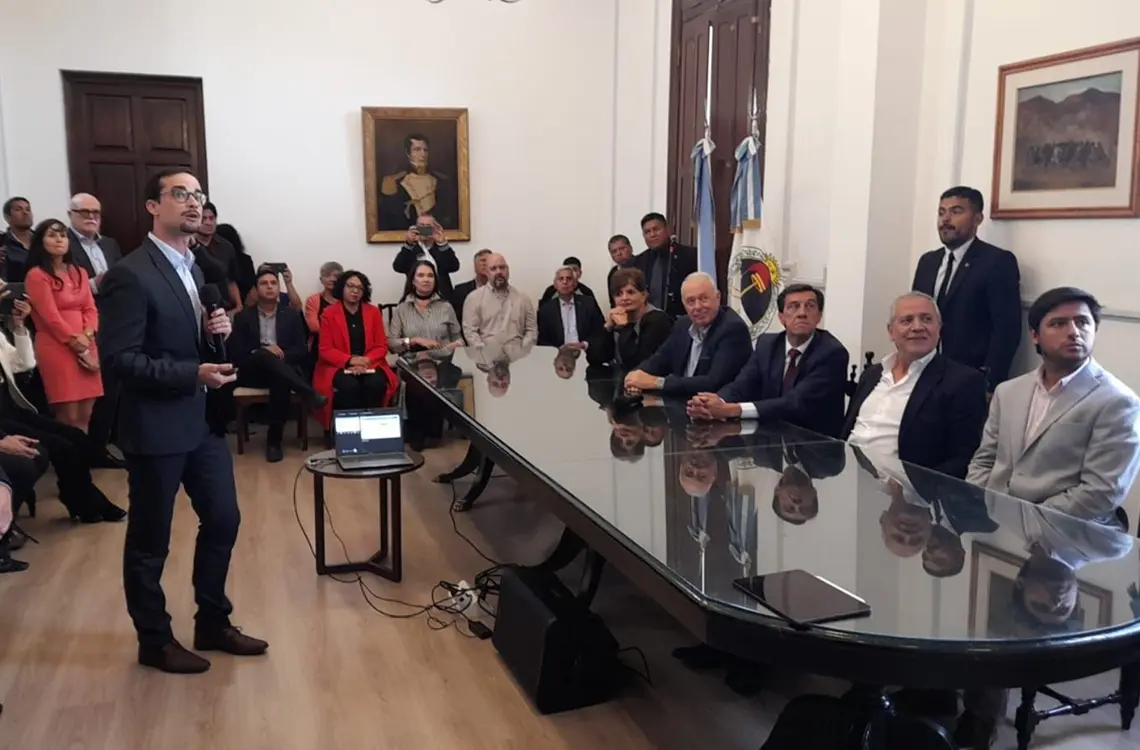Creating Value Instead of Waste: ZHAW Project Turns Wood Residues in Argentina into a Resource
In the northern Argentine province of Jujuy, more than 200 tonnes of wood waste are generated every day – most of which has so far been burned. This not only harms the climate, but also endangers the health of the local population. A joint project by the ZHAW Zurich Center for Sustainability Leadership and partner institutions in Argentina now aims to change that – by applying circular economy principles.

In May, Peter Qvist-Sørensen and Nico Pfändler from the ZHAW School of Management and Law, Center for Sustainability Leadership, travelled to Argentina to officially launch the project “Adding value to wood from sustainable forests and cascading use of wood residue.” At a meeting with the Governor of Jujuy, the Swiss Ambassador, and representatives from Argentina’s Ministry of Economy and Ministry of Environment, they introduced the initiative.
Turning Wood Waste into a Resource
The project focuses on the material and energy recovery of wood residues generated in Caimancito by 120 carpentry workshops and 15 sawmills. The core element is a pyrolysis plant: wood waste is converted into biochar, which can be used to improve soil quality and also serves as a carbon sink. The waste heat from the pyrolysis process is then used to professionally dry wood – a step that has so far been missing in the local value chain.
A Win for Economy, Environment and Society
This approach addresses multiple challenges at once: emissions from uncontrolled burning are reduced, soil health improves, and professional wood drying creates new income opportunities for local businesses. The holistic project design is based on circular economy principles and generates both ecological and economic added value.
Circular Economy as a Learning Opportunity
The project is supported by the continuing education programme CAS Managing Circular Economy at the ZHAW. This hands-on course provides companies and their employees with the tools and knowledge needed to design resource-efficient value chains.